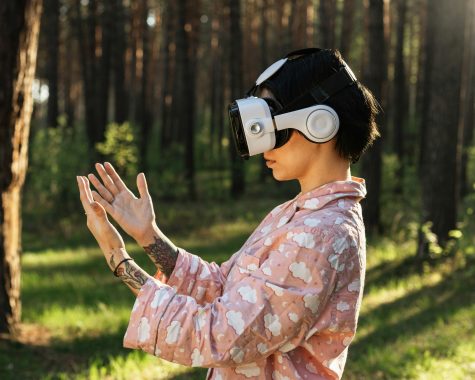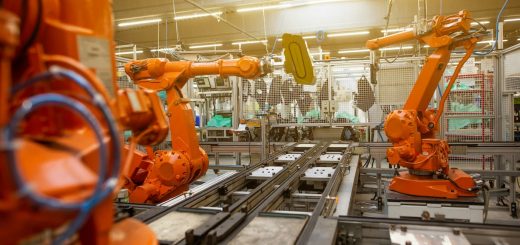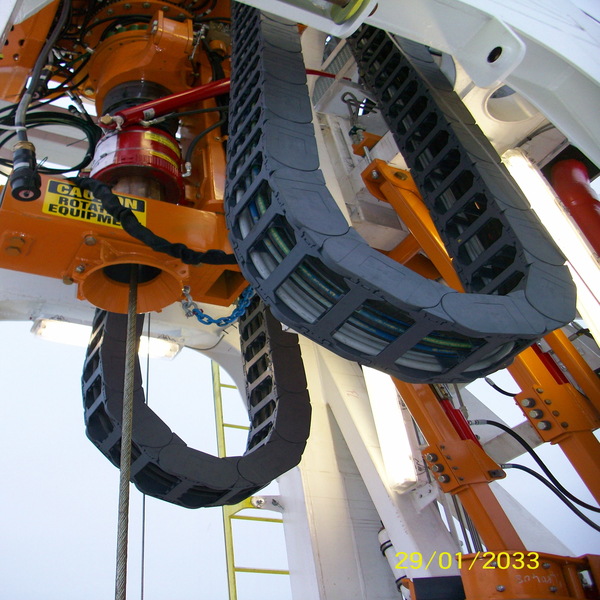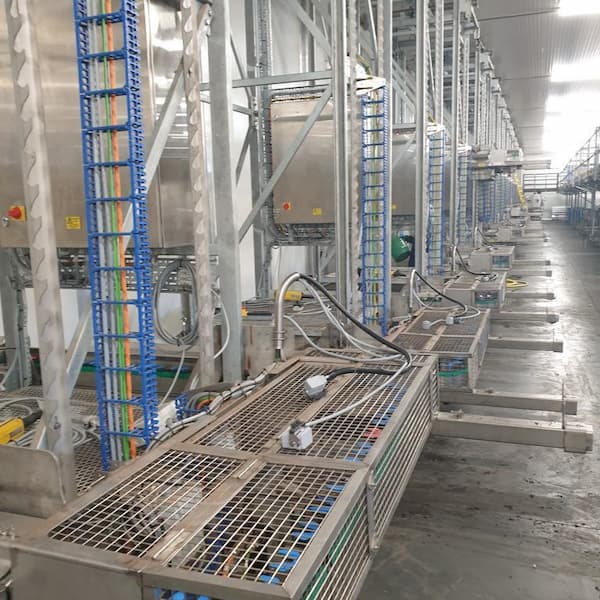What is Augmented Reality?
In recent years, augmented reality (AR) has emerged as one of the most exciting and transformative technologies. But what exactly is augmented reality, and how does it work? This blog post will delve into the fundamentals of AR, its applications, and its potential impact on industries like manufacturing and engineering.
Understanding Augmented Reality
Augmented reality is a technology that overlays digital information—such as images, sounds, and other data and projects them into the real world. Unlike virtual reality (VR), which creates a completely immersive digital environment when you wear a headset, AR enhances the real world by adding virtual elements to it.
An example of this was the Pepsi MAX ‘Unbelievable bus shelter’ ad. Pepsi attached an AR screen set up to a bus shelter which spread across the digital world like wildfire, showing commuter reactions to the other-worldly occurrences like meteors crashing to the floor!
This blending of the physical and digital worlds can be experienced through devices like smartphones, tablets, AR glasses, and headsets but few people had thought of a bus shelter and Pepsi made sure they were remembered for doing so.
How Does Augmented Reality Work?
AR technology relies on a combination of hardware and software to function, using key components such as sensors and cameras to collect data on the surrounding environment that can be processed to identify objects and surfaces in the real world and advanced software essential for recognising patterns, tracking movements, and rendering digital content in real-time.
Applications of AR
AR has a wide range of applications across various industries but here are some notable examples:

Gaming: One of the most popular uses of AR is in gaming. Games like Pokémon GO demonstrated the potential of AR to create engaging and interactive experiences by blending virtual characters with real-world locations.
Education: AR can revolutionise education by providing interactive and immersive learning experiences and has been adopted across the world for uses in military training scenarios for soldiers to learn, for students to explore 3D models of historical artifacts or conduct virtual science experiments and much more.
Healthcare: In healthcare, AR could become commonplace for assisting surgeons by overlaying digital information onto a patient’s body during surgery, providing real-time guidance and improving precision.
Augmented Reality in Engineering
igus have started to implement augmented reality into the services they offer, the areas of application for this technology are vast and there is a lot of research and development to be done to perfect what we offer.
However, we have made a promising start and offer an augmented reality feature in the Quick Robot where you can visualise an ABB or Fanuc robot projected onto your surroundings. Why not have a go? Scan the QR codes on the web pages to see for yourself: Here.
The Future of AR
The future of AR is incredibly promising, with advancements in technology continually expanding its capabilities. Here are some things to look out for that will improve the AR experience:

- Improved Equipment: As equipment becomes more advanced, we can expect lighter, more comfortable, and more powerful AR glasses and headsets.
- 5G Connectivity: The rollout of 5G networks will enhance AR experiences by providing faster data speeds that enable seamless real-time interactions.
- Integration of AI: Combining AR with artificial intelligence (AI) will enable more sophisticated and context-aware applications. For example, AI can enhance object recognition and provide more accurate and relevant information overlays.
- Broader Adoption: As AR technology becomes more accessible and affordable, we can expect broader adoption across various sectors, from entertainment and education to healthcare and manufacturing.
Augmented reality is a transformative technology that has the potential to drastically change how we interact with the world around us. By blending digital information with the physical environment, AR offers new possibilities for entertainment, education, healthcare, and much more. As technology continues to advance, the future of AR looks incredibly bright, promising even more innovative and immersive experiences. To find out more on digitalisation topics, click here.



